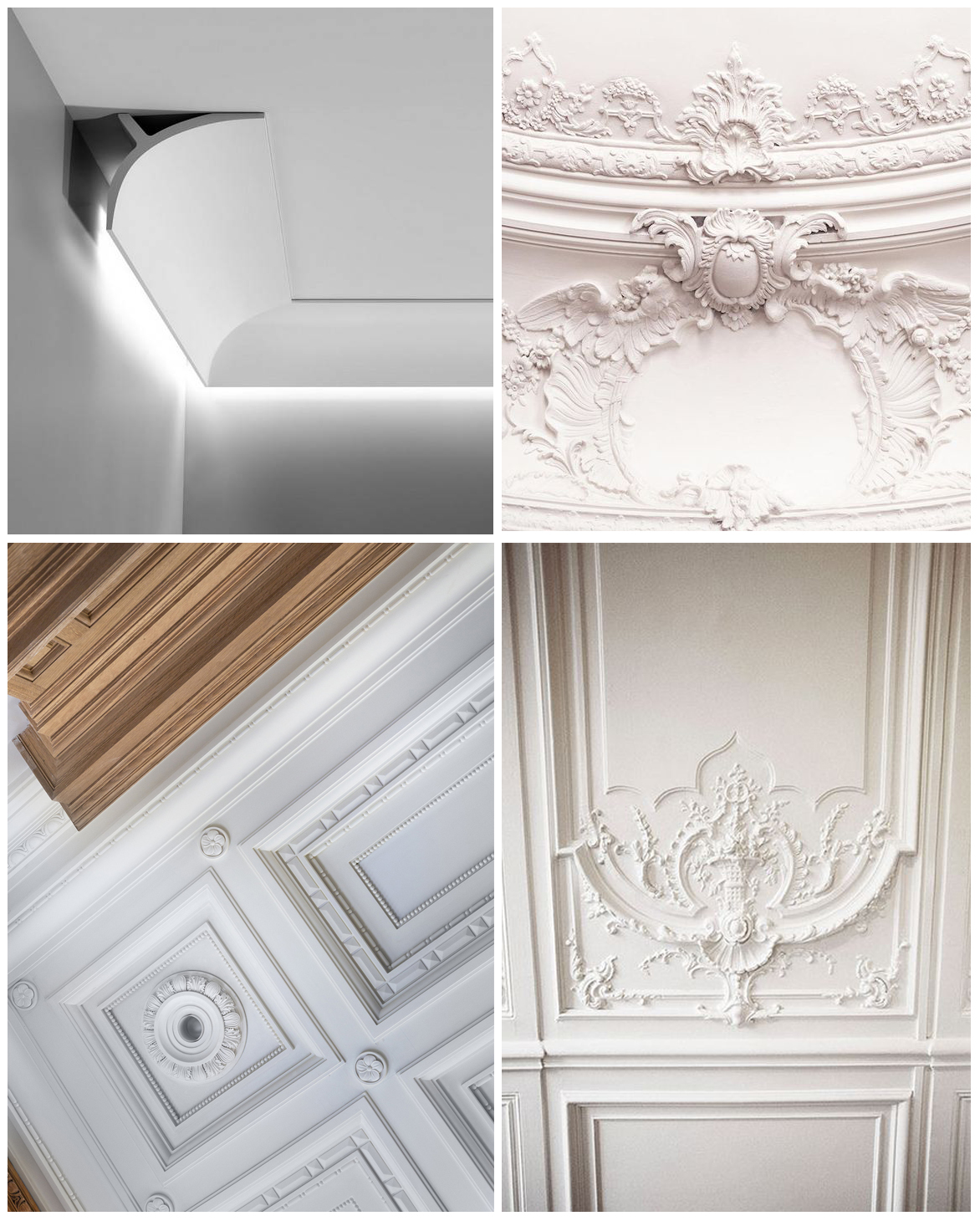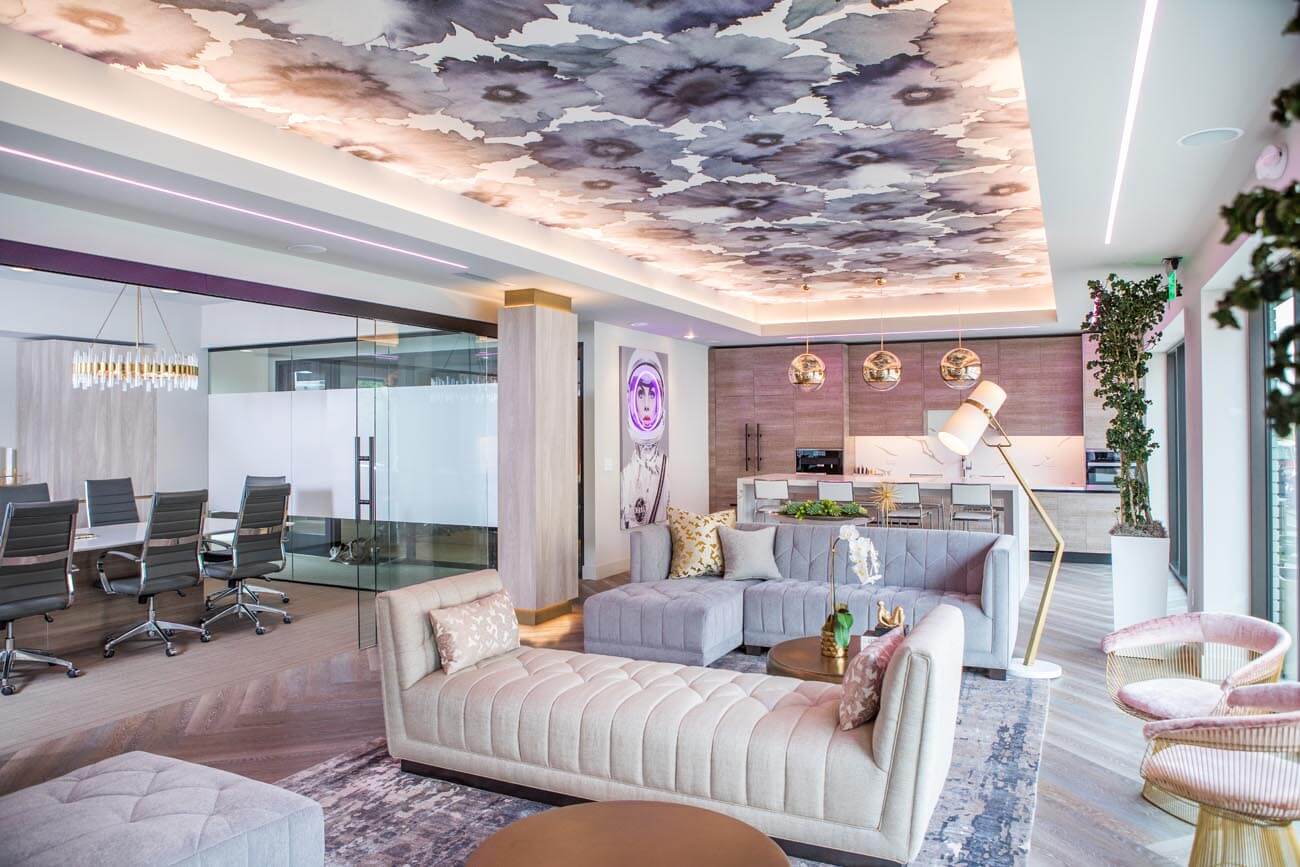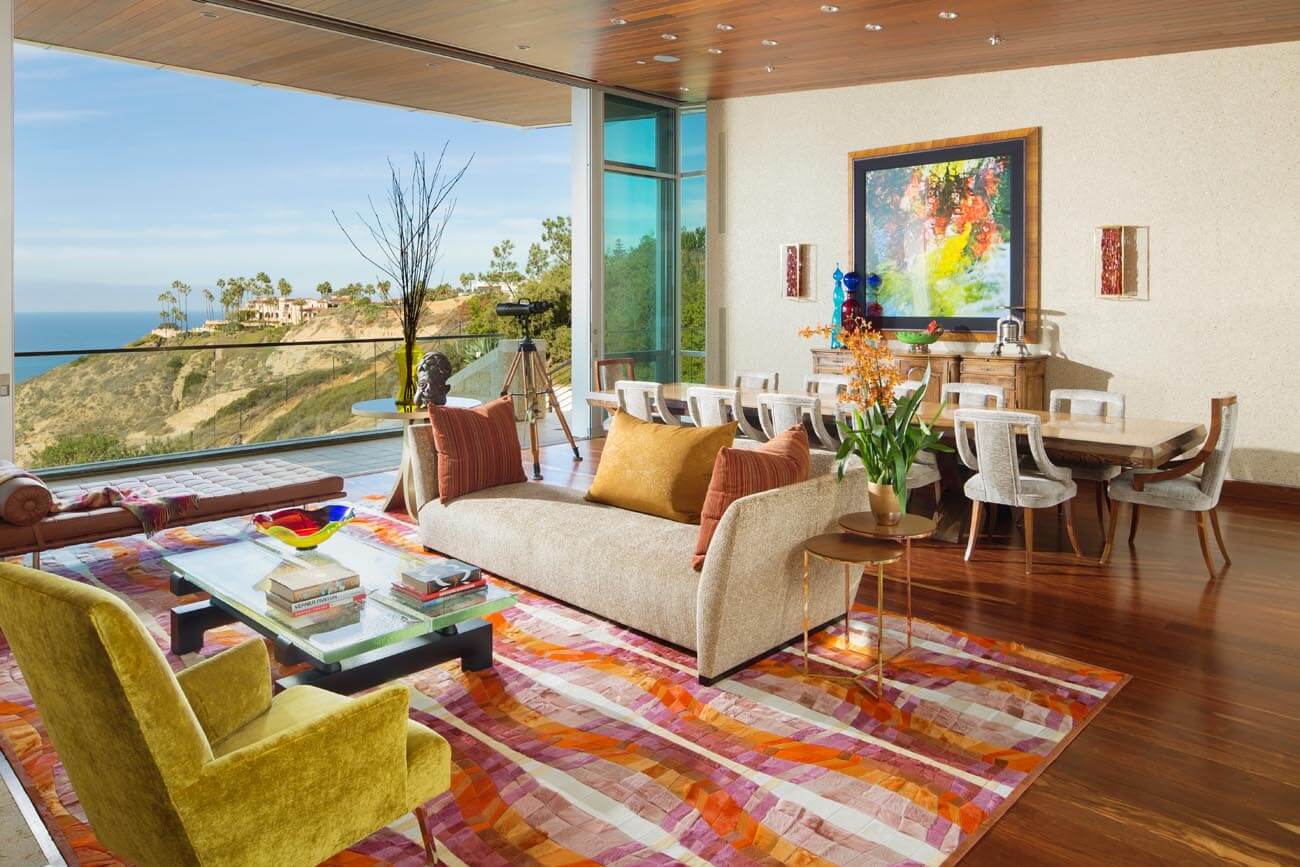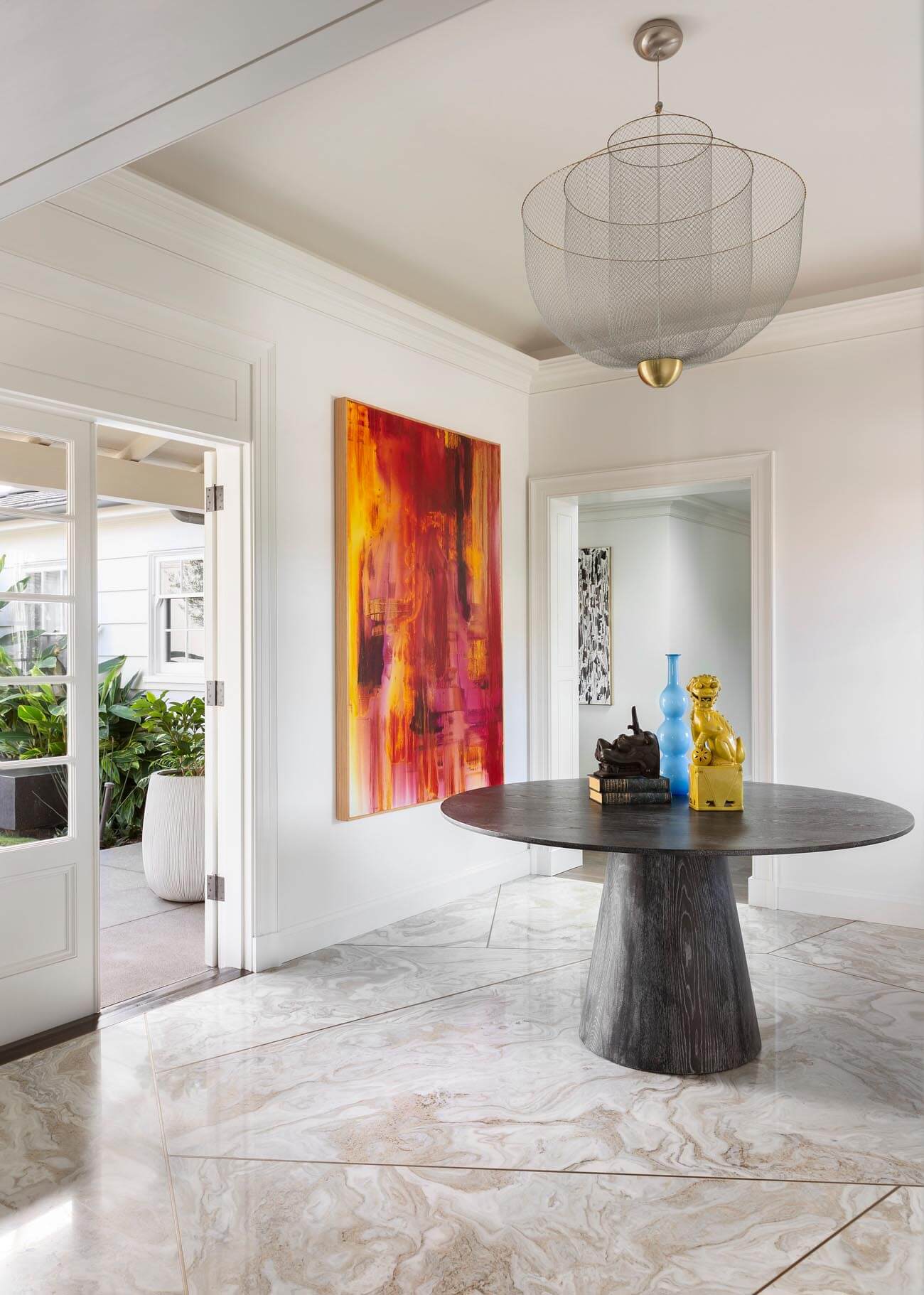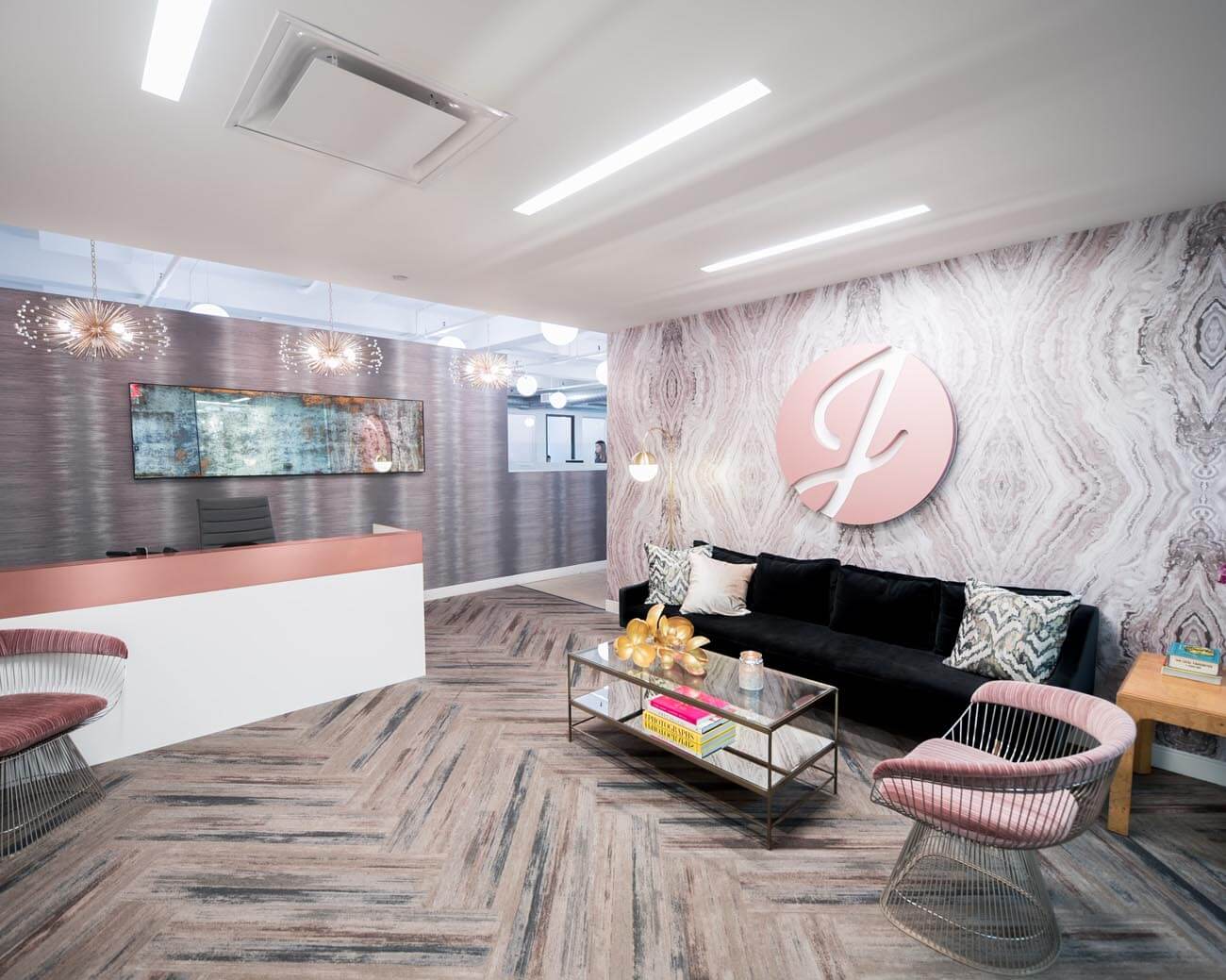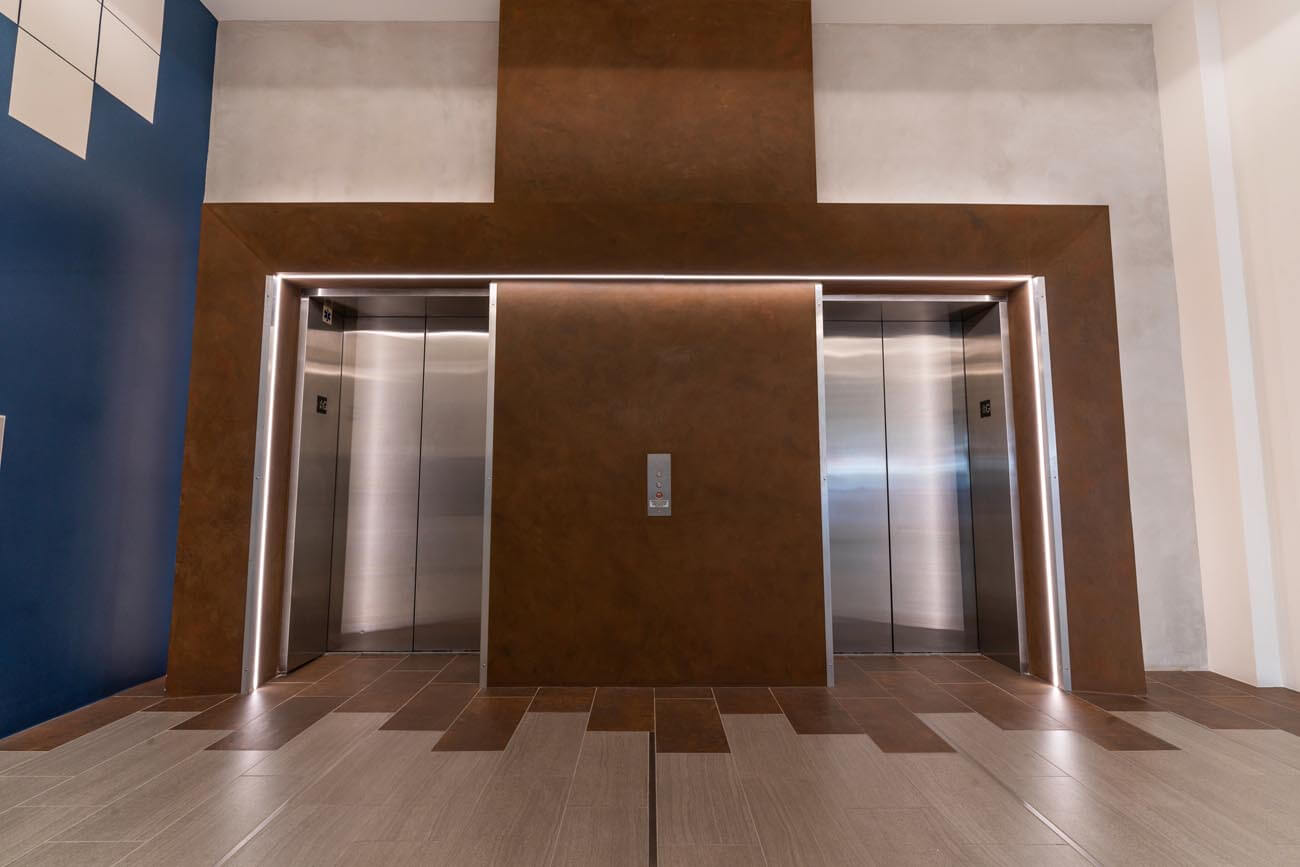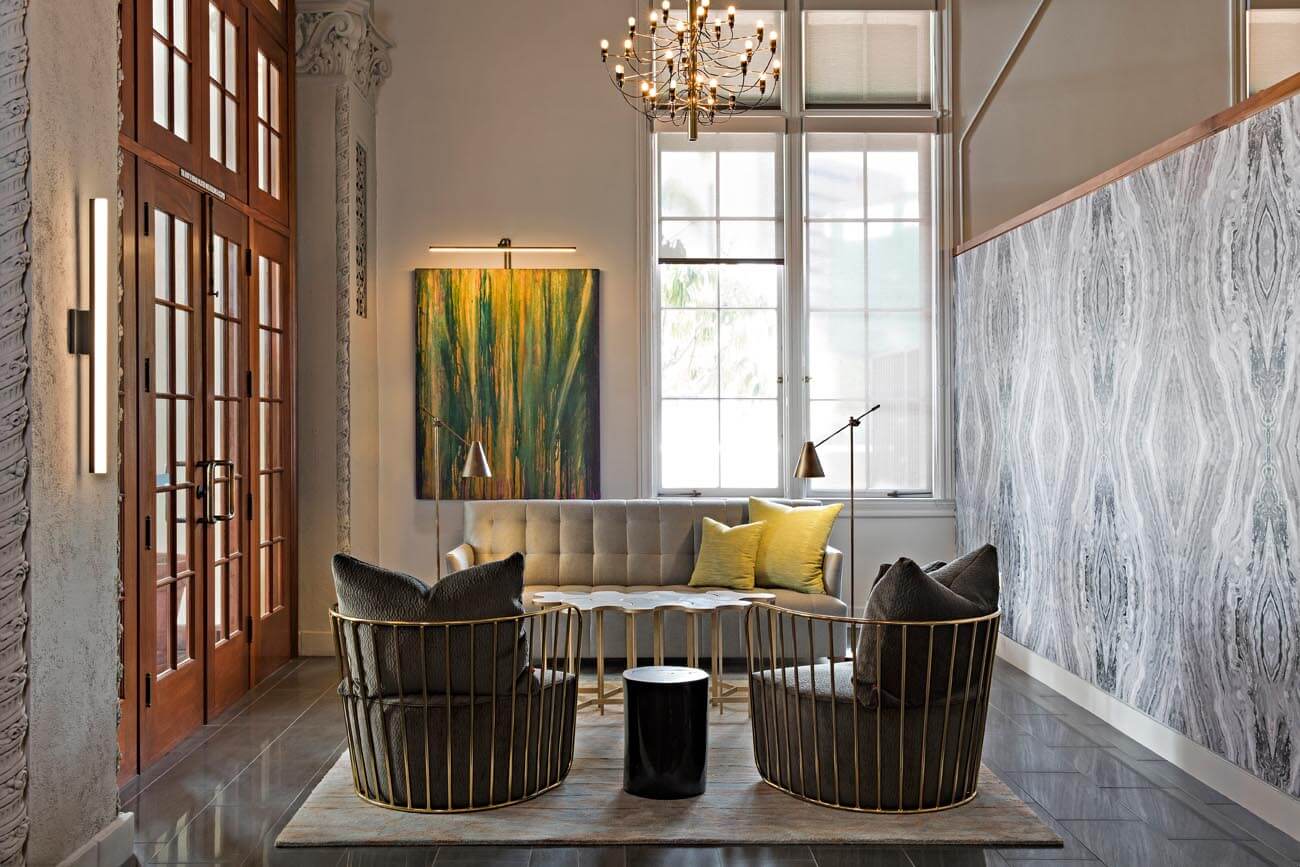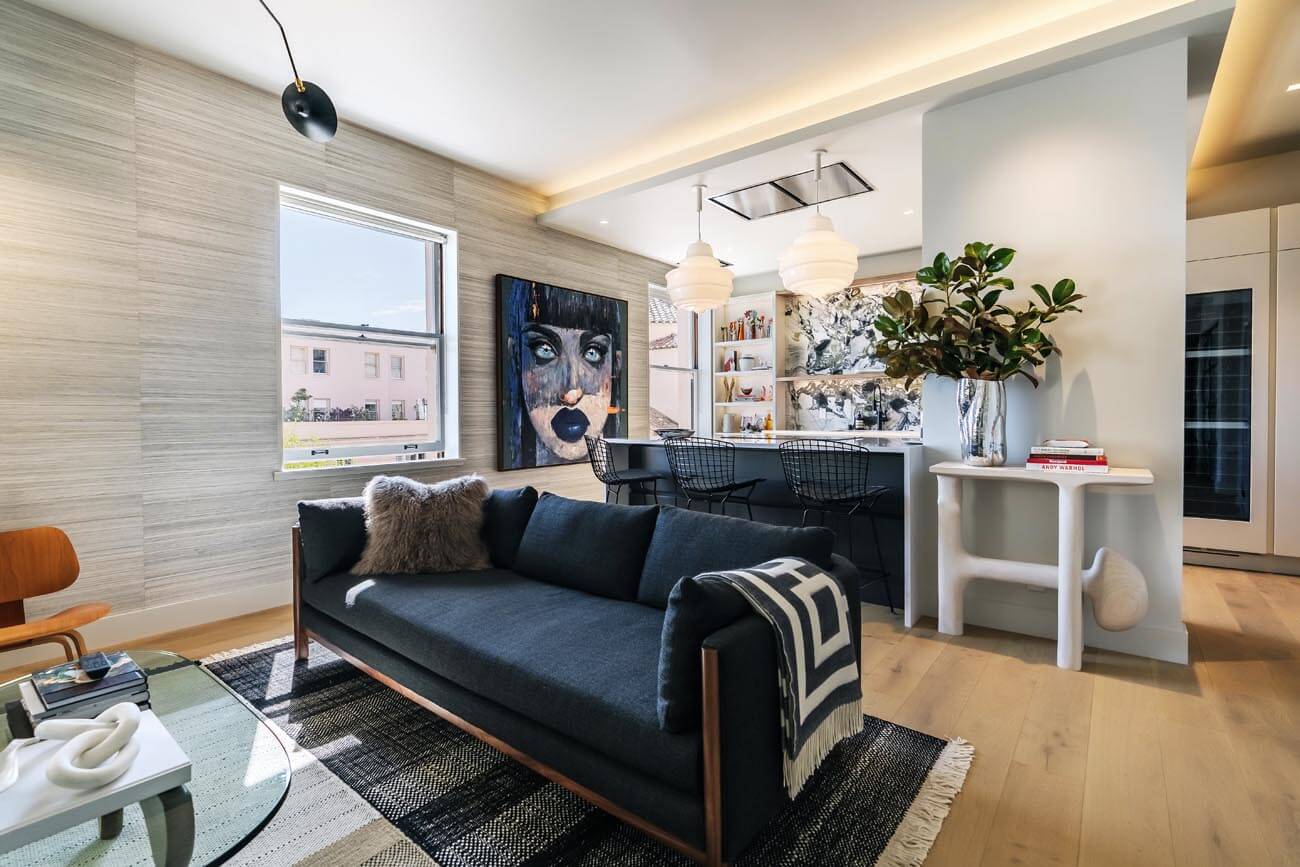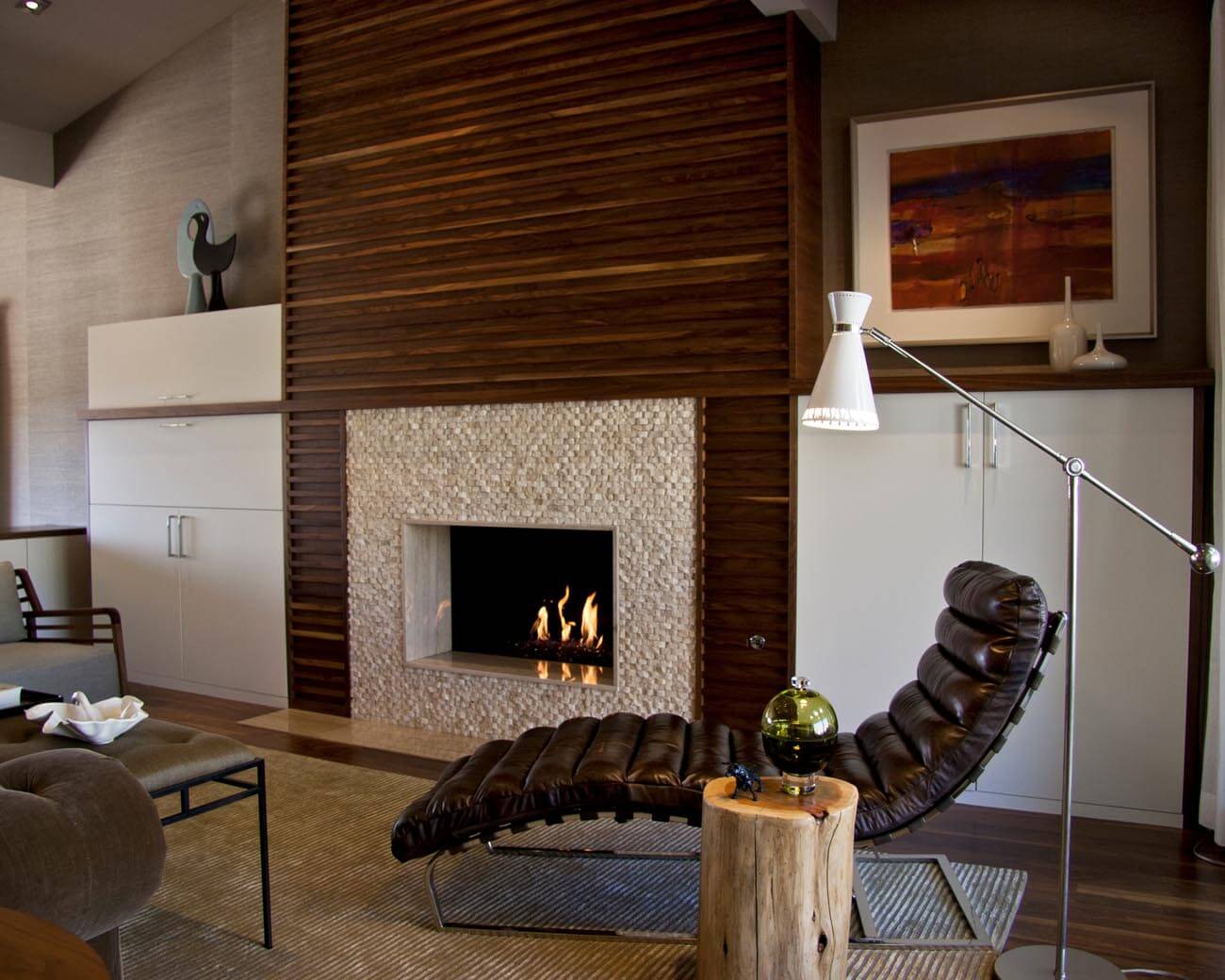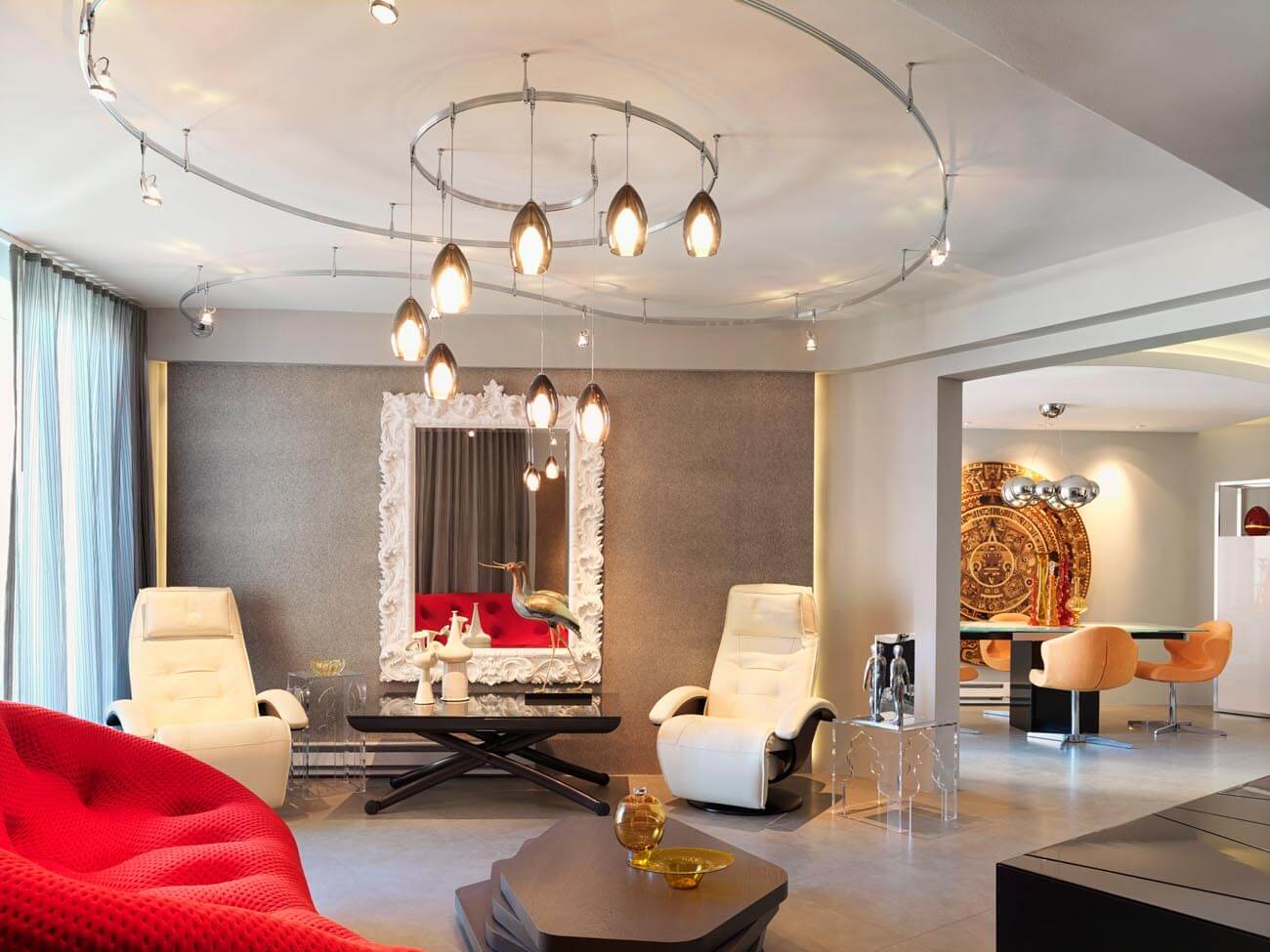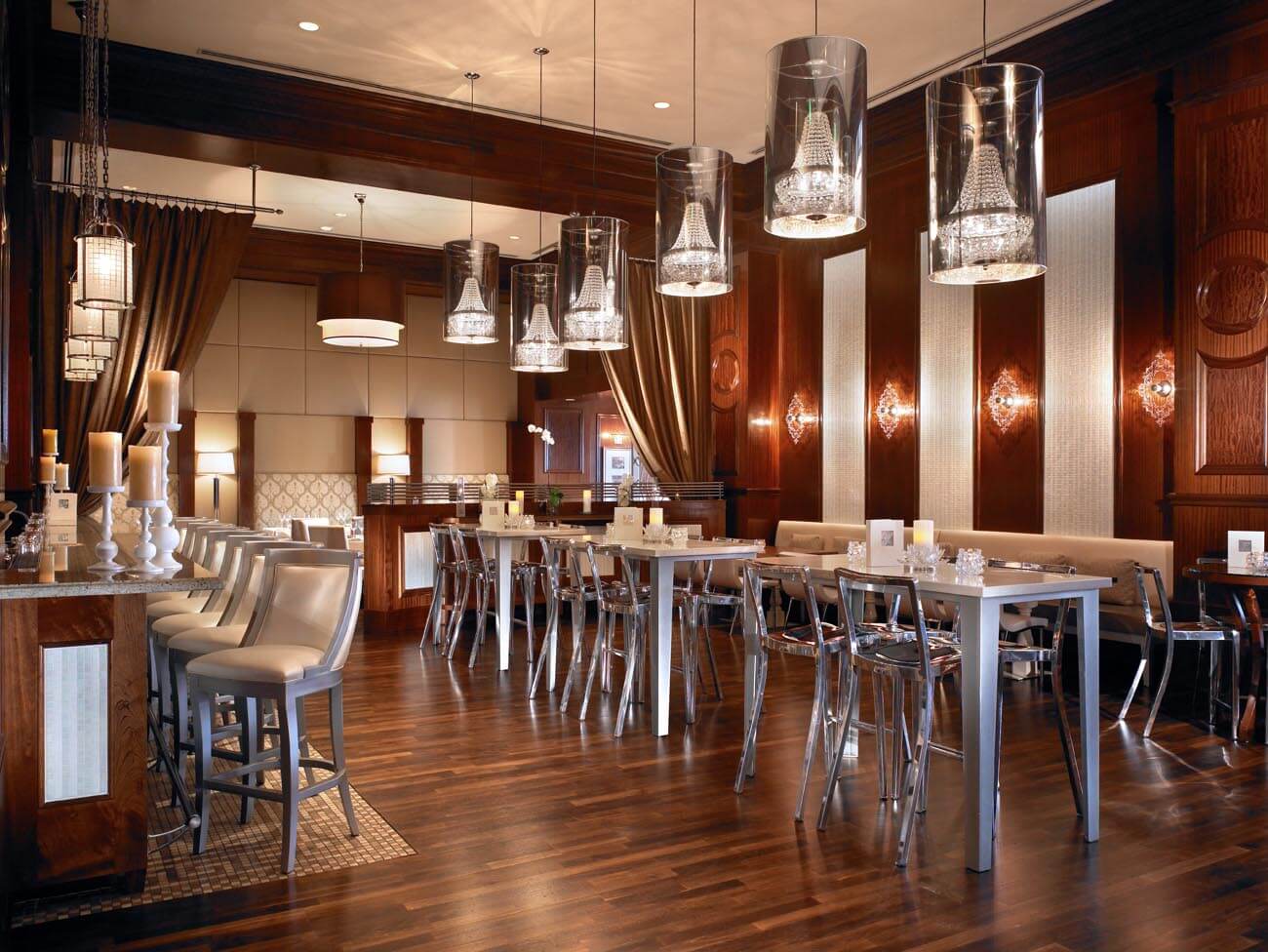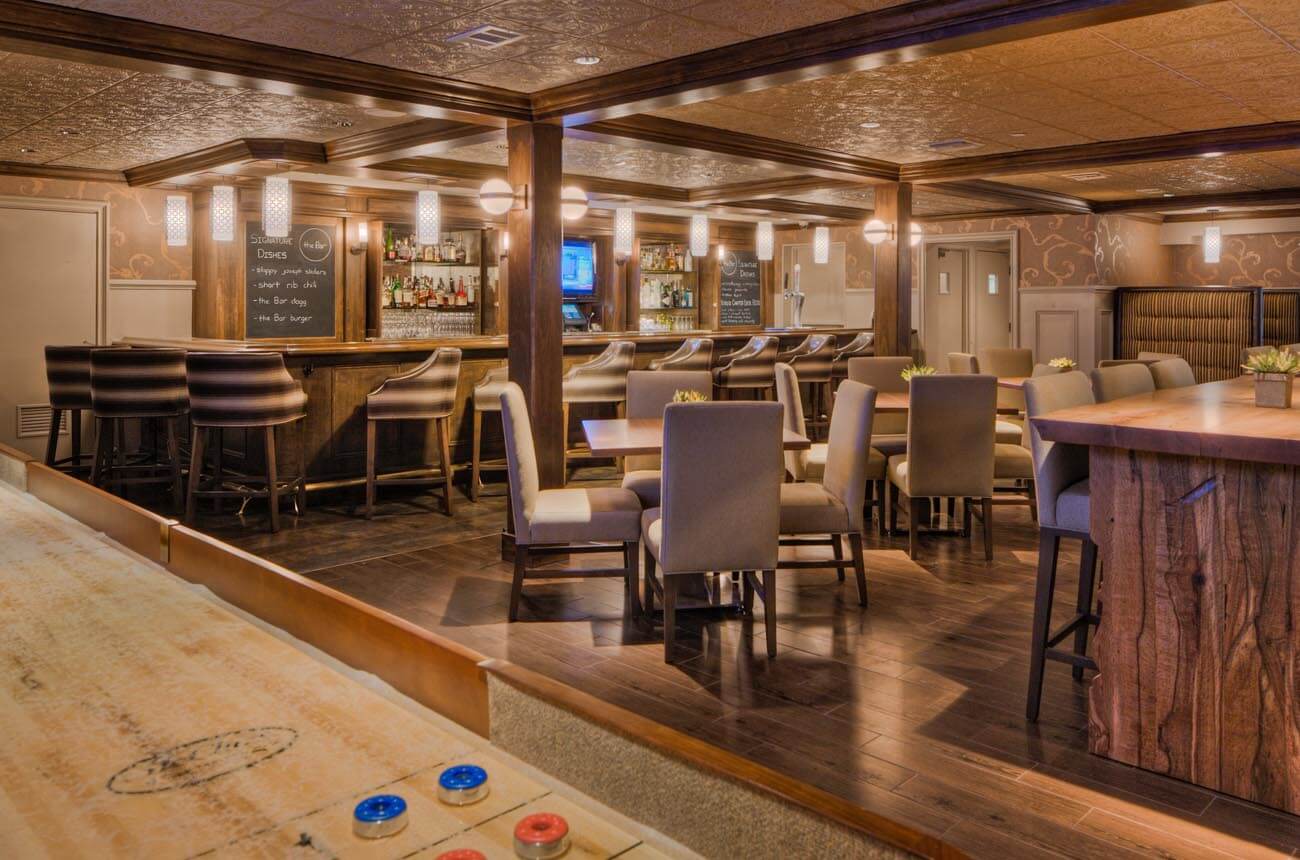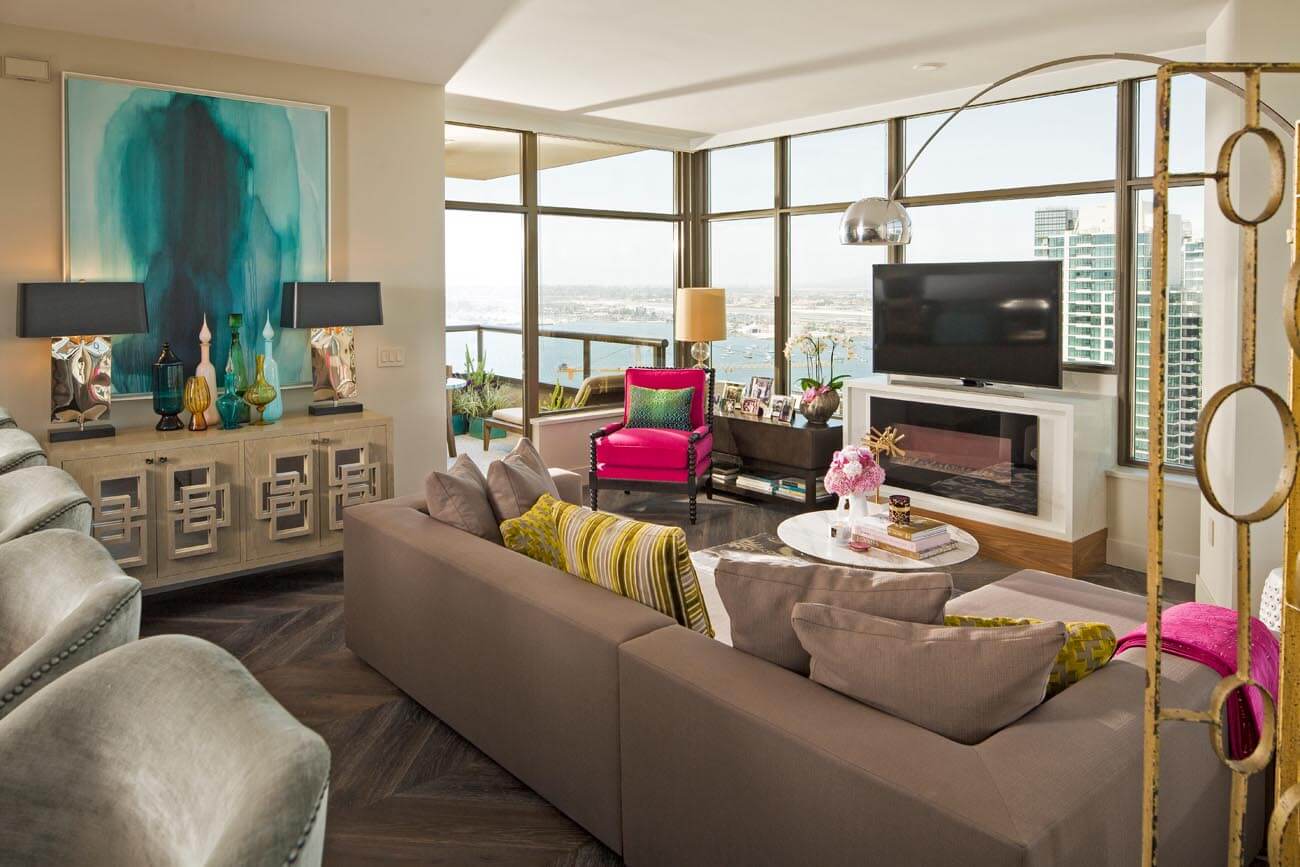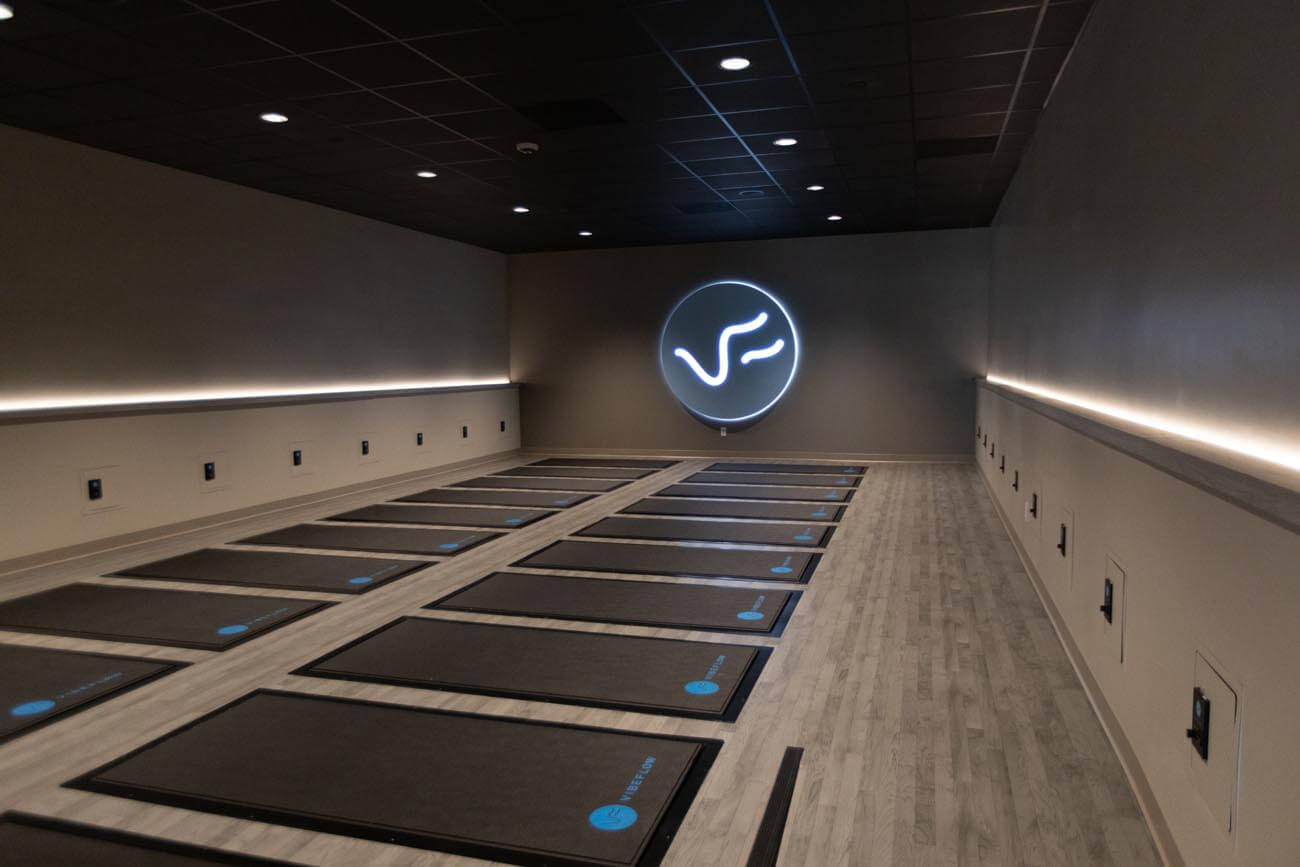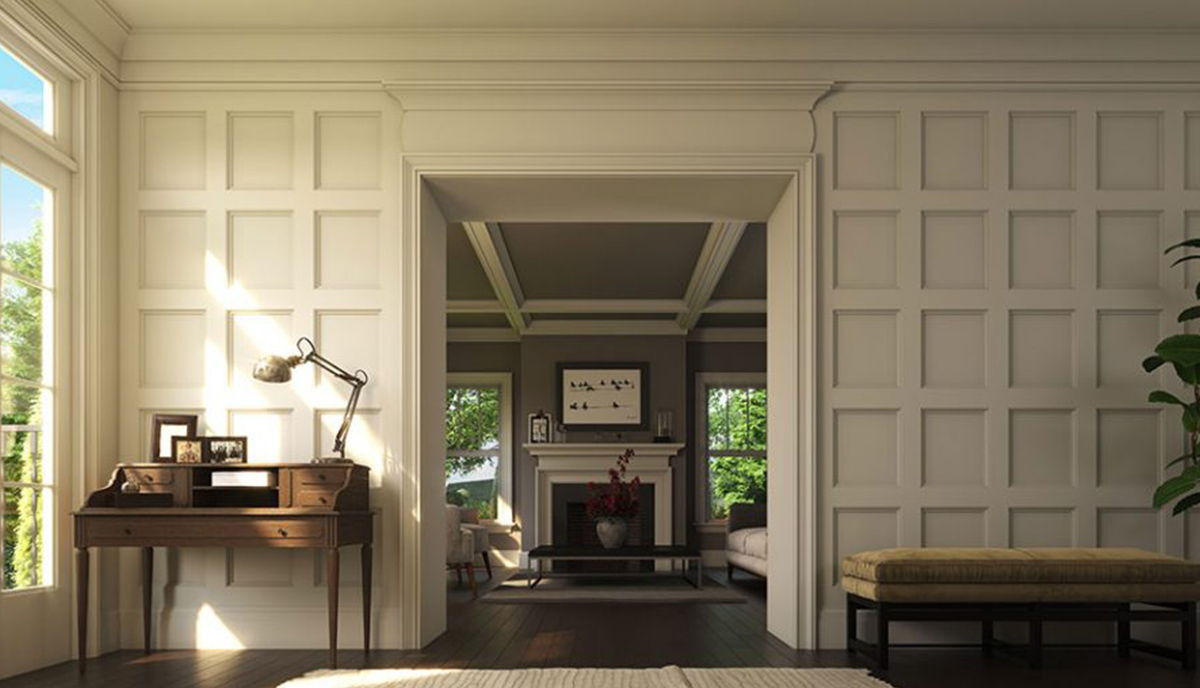
Breaking the Moulding
Decorative mouldings are an important detail in the world of interior design. Mouldings are not a modern invention. Looking back through history, we see that the ancient Greeks were the first to accent their structures with architectural wood mouldings for the sole purpose of beautification. Mouldings are often made of either wood, stone, or cement, however synthetic mouldings are a cost-effective alternative that rival the aesthetic and function of traditional profiles. In classical architecture and sculpture, the moulding is often carved in marble or other stones.
Why Mouldings?
At their simplest, mouldings hide and help weather seal natural joints produced in the framing process of building a structure. As decorative elements they are a means of applying light and dark-shaded stripes to a structural object without having to change the material or apply pigments. Depending on their function they may be primarily a means of hiding or weather-sealing a joint, purely decorative, or some combination of the three.
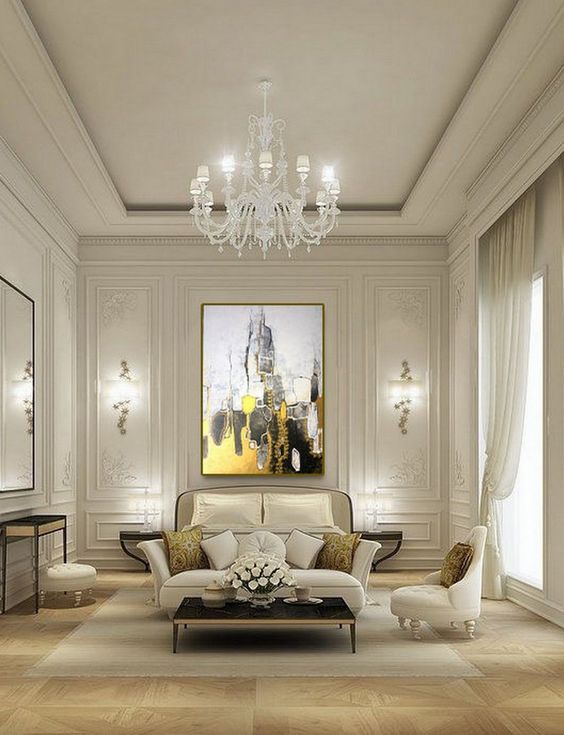
Moulding Types
Mouldings frame the spaces in which we live. Ceiling cornices, window frames, door lintels, wainscot, and baseboards have all traditionally relied on the elegant shapes and ornamental details of moldings to be made richer in scale with a more vibrant visual effect. They have done so since humans first created buildings for shelter and then turned them into a form of high art. Some of the most common types are as follows:
- Crown Moulding – Molding that is used at the junction of an interior wall and ceiling. General term for any molding at the top or “crowning” an architectural element.
- Baseboard Moulding – Used to conceal the junction of an interior wall and floor, to protect the wall from impacts and to add decorative features.
- Casing – Finish trim around the sides of a door or window opening covering the gap between finished wall and the jam or frame that it is attached to.
- Chair Rail – Horizontal molding placed part way up a wall to protect the surface from chair-backs, and used simply as a decoration.
- Panel Moulding – A moulding that is flat on the back and profiled on the face. Panel mould is applied directly on a flat surface like a wall or flush door. The moulding is mitered before applying and installed in squares or rectangles on a surface to simulate a panel.
- Picture Rail – Functional molding installed 7–9 feet above the floor from which framed art is hung, common in commercial buildings and homes with plaster walls.
- Egg-and-Dart – Egg shapes alternating with V-shapes; one of the most widely used classical moldings.
- Dentils – Small blocks spaced evenly along the bottom edge of the cornice.
- Rosette – Circular, floral decorative element found in Mesopotamian design and early Greek stele, common in revival styles of architecture since the Renaissance
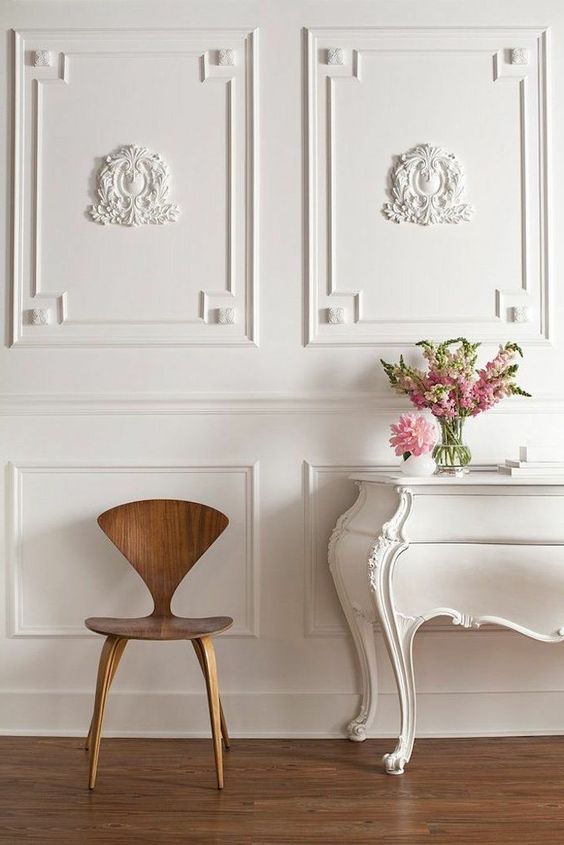
Next Level Mouldings
Take your moulding details to the next level with the addition of medallion mouldings for ceilings and the use of corner and edge pieces for panel mouldings to add additional ornamentation and flourish.
Technology has played an important roll not only in the materials used to fabricate mouldings and ornamentation, but also in the development of usage…for example there are many pre-fabricated cove mouldings that allow for LED lighting components to enhance the overall mood and add drama to the space.
